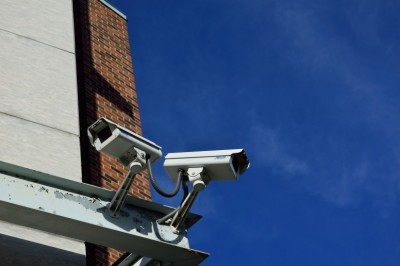Dangers of Data Theft
Storing data digitally on networks and systems creates the possibility for anyone to know a lot about us if they can access this data. Given this power vested in data, it is normal that theft and various other misuses of data would also start proliferating.
What is Data Theft?
Data theft is the illegal access to data without the users authorisation. In other words, if a companys server has been accessed by a hacker it is a case of data theft and reading the mails of your colleague would also amount to the same in the eyes of the law. It is irrelevant whether you used this data for misdeeds later or not - what counts is that the data that is not yours has been accessed (read, edited, or copied) - without prior permission of its authorised user who may also be its creator.
Types of Data Theft
Data can be stolen in many ways. Below are a few examples of the way data theft happens.
- Hacking: This is by far the most common way of stealing data with least chances of getting caught. A hacker gets into a system where he or she is not supposed to be, and steals whatever data was aimed at. Hackers find their gate way through gaps in the security system or by hoodwinking gullible employees / surfers in order to gain access to a system.
- Posing: Appearances can be deceiving. The attractive website that has popped up offering you a great holiday treat may actually be a data thief trying to get into your system under the mask of a piece of harmless spam. In a case of corporate data theft last year, the thief posed as a potential customer and got entry to a companys data bank through the computer of an employee who did not suspect anything in his eagerness to catch a potential client.
- Remote Access: Is the cursor moving about on its own even when you have not touched the mouse? Does the indicator show that a programme is running even when you are not working on anything and have no windows open? Do not ignore the symptoms - a data thief is already sitting in your computer. Remote access allows the thief to gain control of your machine from wherever he or she is and operate it, steal data from it, and even distribute virus from it!
- Spyware: Spyware is often brought in by adware. The thief may not sit in your system, but your key strokes or mouse clicks would be spied upon, revealing what you are doing and reading the data as you put it in. And you have opened the gate by clicking on an innocent looking ad.
- Podslurping: Music is now stored in iPods for almost all domestic users. You would usually not suspect an employee rocking to music while working as usual. The thief knows this and is using the iPod to obtain data outputs from the computer where it is plugged in.
- Bluesnarfing: Bluetooth devices have become popular in a very short while. Using his or her Bluetooth-enabled cell phone or laptop, the data thief lifts data from a restricted computer in silence and mostly unnoticed.
- Thumbsucking: Another tiny and dangerous device is the USB storage drive. All an employee needs to do is plug in a pen drive, and 2 GB of data would flow in quietly into the pocket from the computer.
Who Steals Data
Possible data thieves are:
Professional hackers are doing the dirty jobs for increasingly high prices.
- Corporate espionage is now a specialised blue collar occupation.
- Disgruntled or overambitious employees may also be a threat.
How to Protect Data
A few mandatory steps would include:
- Installing and maintaining antivirus software, firewall, encryption and tracking systems for intranet access.
- Granting limited and monitored use of the internet.
- Not allowing USB ports in office computers and not allowing Bluetooth-enabled devices within the work area.
- Maintaining updated backup.
Dangers Posed by Data Theft to Companies
What kind of damages can be done to corporate houses?
- Loss of business data and accounts is the first step.
- The customer database may be stolen and sold.
- Personal information of employees and customers can be compromised.
- Research data is another favourite with thieves.
- Loss of reputation in the market, police enquiries and negative publicity would follow.





























